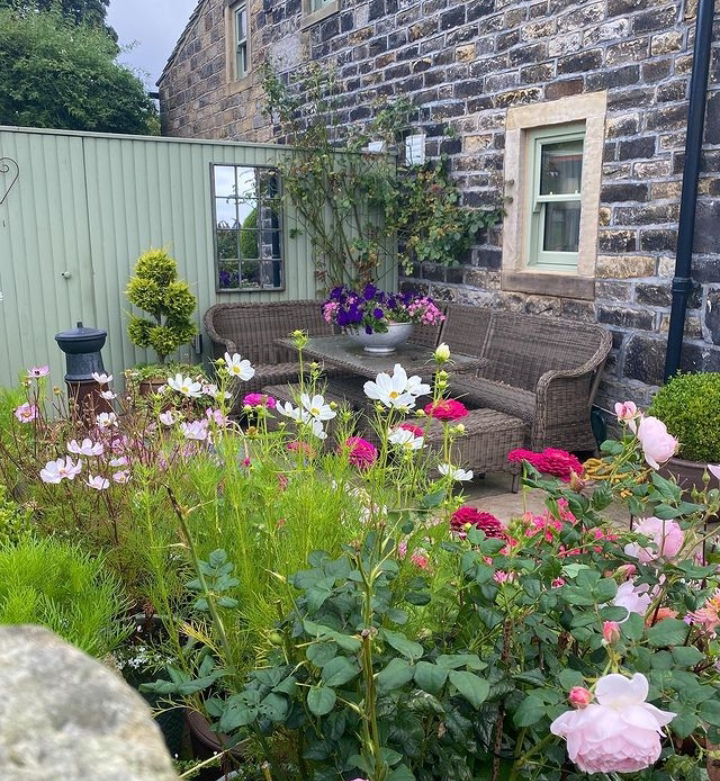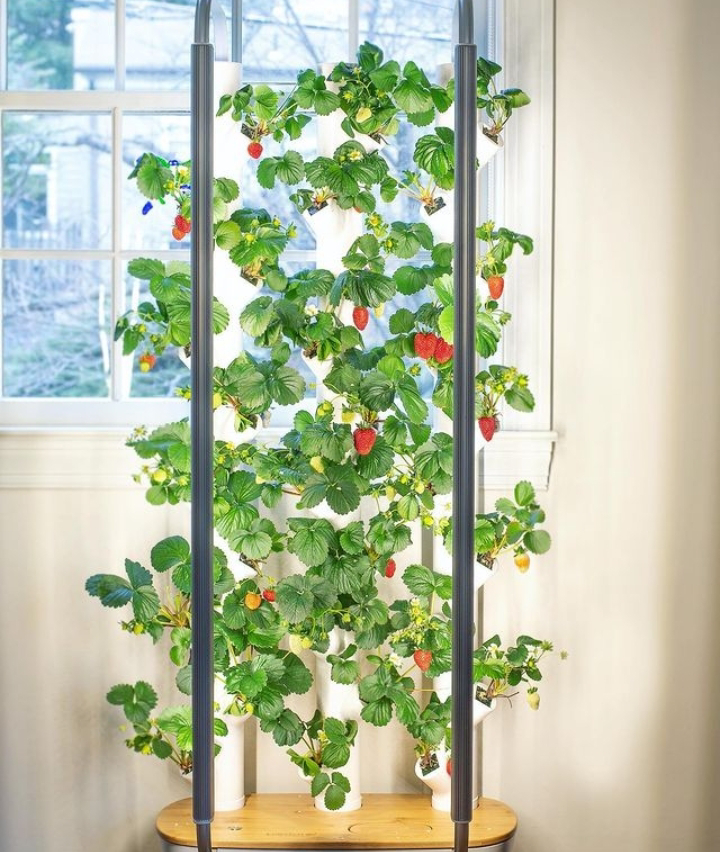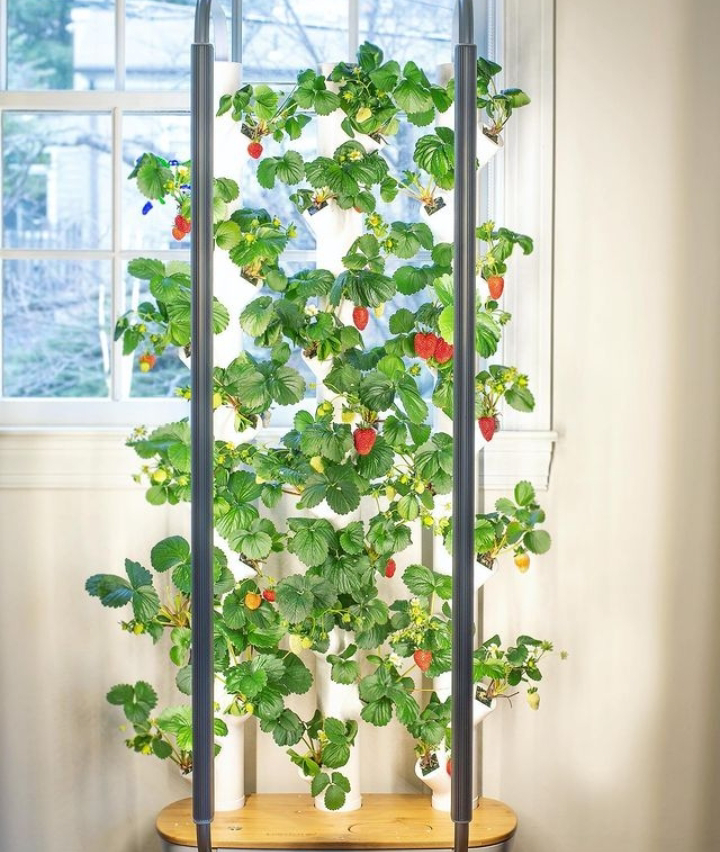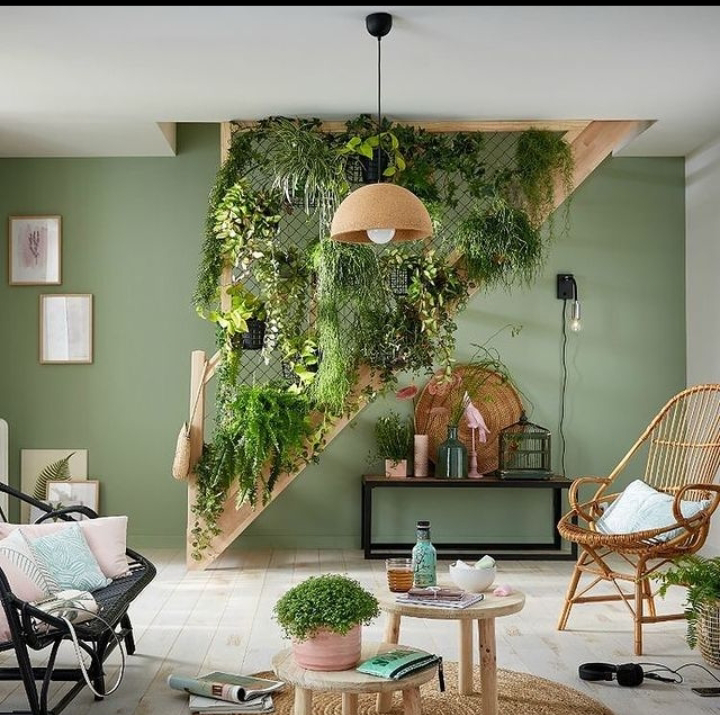Here are some full details on how to attract pollinators:
1. Choose the right plants: Select a variety of flowering plants that are native to your region. Different pollinators are attracted to different flowers, so having a diverse range will invite various species.
2. Create a pollinator-friendly environment: Provide shelter and water sources for pollinators. You can add bird baths, shallow dishes with water, or a small water feature to attract them.
3. Avoid chemical pesticides: Minimize or eliminate the use of chemical pesticides as they can harm pollinators. Opt for natural pest control methods or use organic products instead.
4. Plant in clusters: Group flowers of the same type together, as pollinators are more likely to visit areas with a high concentration of flowers.
5. Incorporate a variety of flower shapes and colors: Different pollinators are attracted to various flower shapes and colors, so having a diverse array will draw in more species.
6. Plant for continuous bloom: Choose plants that bloom at different times throughout the growing season. This ensures a steady food source for pollinators year-round.
7. Consider native plants: Native plants are well-adapted to the local ecosystem and will likely attract more local pollinators.
8. Add nesting sites: Some pollinators, like bees, need nesting sites. You can provide nesting blocks or create undisturbed areas in your garden for them to build their nests.
9. Educate yourself: Learn about the different pollinators in your area and their habits to better cater to their needs.
By following these steps, you can create a thriving pollinator-friendly patio garden that supports the local ecosystem and boosts the health and productivity of your plants.































